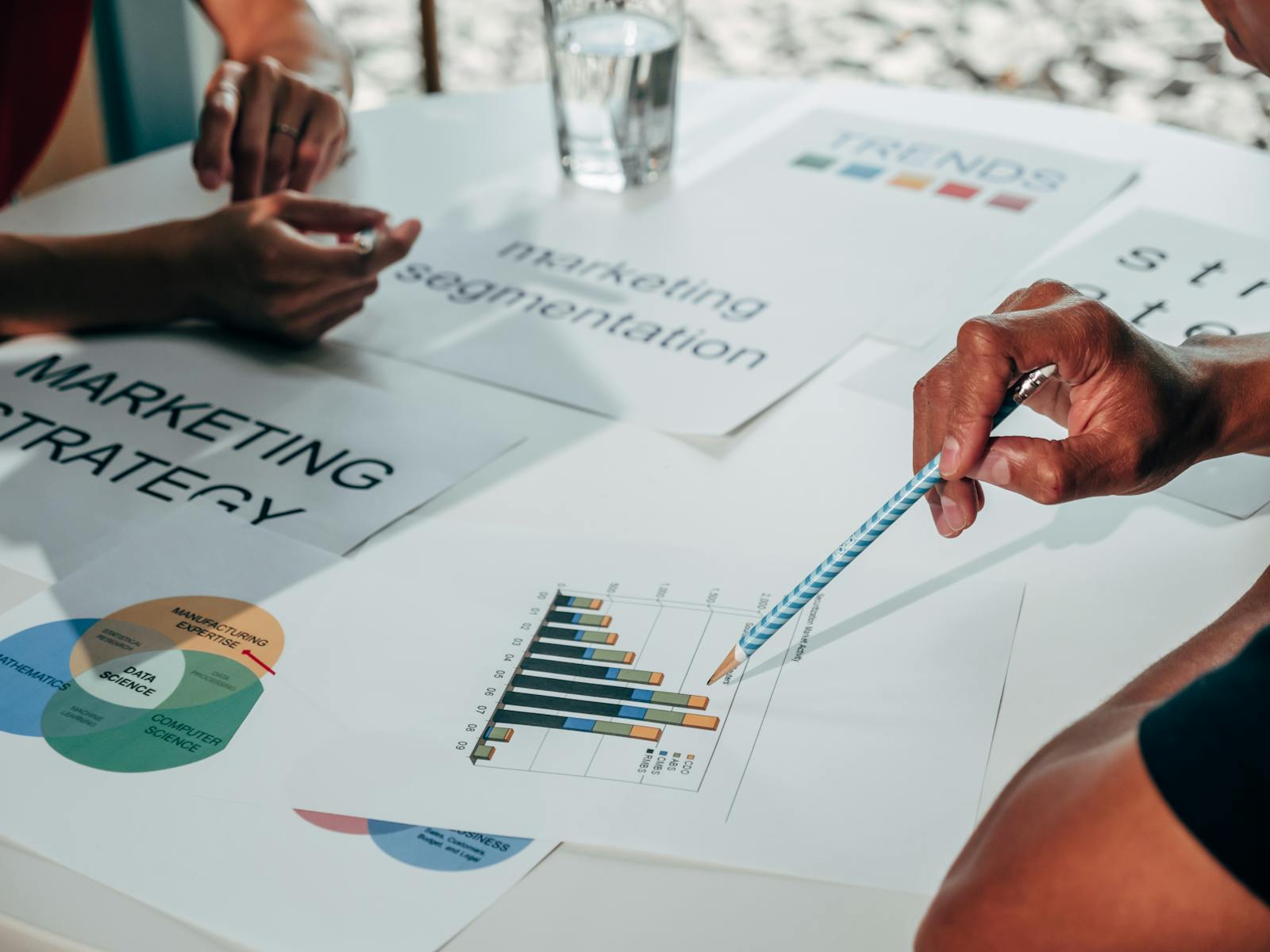Have you ever launched a product, created content, or started a marketing campaign only to realize it didn’t connect with the people you were targeting? The problem might be that you didn’t clearly define your audience. But what does that really mean, and why is it so important? In this guide, we’ll break down the process of defining your audience, its significance, and actionable steps to help you identify and connect with your target group. Let’s dive in!
What Does It Mean to Define the Audience?
Defining the audience means identifying and understanding the specific group of people you want to reach with your message, product, or service. It’s about answering the critical question: “Who is this for?”
This involves analyzing:
- Demographics: Age, gender, location, and other basic traits.
- Psychographics: Values, interests, and challenges.
- Behaviors: How they interact with your content or product.
By defining your audience, you ensure your efforts are relevant and impactful, whether you’re writing a blog, creating an ad campaign, or developing a product.
Why Is Defining the Audience Important?
You might wonder, “Why is it essential to define my audience?” Here’s why:
1. Tailored Messaging
When you understand your audience, you can craft personalized messages that resonate with their specific needs, challenges, and aspirations.
2. Efficient Resource Allocation
Targeting the right audience saves time and money, ensuring your resources aren’t wasted on people unlikely to engage or convert.
3. Higher Engagement and Conversions
Content and products designed for a defined audience are more likely to capture attention, build interest, and drive action.
4. Informed Decision-Making
Knowing your audience helps you make smarter choices about product features, marketing strategies, and communication channels.
5. Stronger Relationships
Understanding your audience builds trust, loyalty, and long-term connections, leading to a dedicated community or customer base.
How to Define Your Audience
Follow these steps to identify and understand your target audience effectively:
1. Analyze Demographics
Start with the basics:
- Age: Are they Gen Z, millennials, or baby boomers?
- Gender: Predominantly male, female, or non-binary?
- Location: Urban, suburban, or rural?
- Income Level: What is their economic status?
- Education: High school, college, or postgraduate?
2. Understand Psychographics
Dive deeper into their values, interests, and challenges:
- Values: What do they care most about?
- Hobbies: What are their interests and passions?
- Challenges: What problems are they trying to solve?
- Goals: What are they striving to achieve?
3. Study Behaviors
Observe how your audience interacts with your brand or industry:
- Buying Habits: How do they make purchasing decisions?
- Online Behavior: What platforms do they use, and how do they engage?
- Content Preferences: Do they consume blogs, videos, podcasts, or social media posts?
4. Create Audience Personas
Combine your findings to create detailed audience personas.
Example Persona:
- Name: Sustainable Sam
- Demographics: 32-year-old male, lives in Portland, earns $70,000/year.
- Psychographics: Prioritizes sustainability, loves outdoor activities, prefers eco-friendly products.
- Behaviors: Shops online for sustainable brands, follows environmental influencers on Instagram, listens to green living podcasts.
5. Validate Your Findings
Test your assumptions and refine your audience profile using:
- Surveys: Ask your audience directly about their preferences and needs.
- Analytics: Leverage tools like Google Analytics or social media insights to confirm your findings.
- A/B Testing: Experiment with different messages or campaigns to identify what resonates most.
Common Challenges in Defining the Audience
Here are common pitfalls and how to overcome them:
1. Trying to Appeal to Everyone
If you try to target “everyone,” you’ll likely resonate with no one. Narrow your focus to a specific niche to create more impactful messaging.
2. Relying on Assumptions
Basing your audience profile on guesswork can lead to mistakes. Use data, surveys, and feedback to build an accurate profile.
3. Failing to Adapt
Audiences evolve. Regularly update your audience profiles to reflect changing preferences, trends, and behaviors.
4. Neglecting Psychographics
Demographics only tell part of the story. Understanding attitudes, values, and challenges is essential for deeper connections.
Why Defining the Audience Is a Game-Changer
Defining your audience is the foundation of any successful strategy—whether it’s marketing, product development, or content creation. By understanding your audience, you can:
- Deliver more targeted messaging.
- Boost engagement and conversions.
- Build loyalty and long-term relationships.
Ultimately, this leads to greater efficiency, effectiveness, and results that align with your goals.
Conclusion: What Does It Mean to Define the Audience?
Defining your audience means identifying and understanding the people you want to reach. By analyzing their demographics, psychographics, and behaviors, you can craft strategies that resonate and drive results.
Ready to define your audience? Start by gathering data, building personas, and validating your findings to refine your approach. Have questions or experiences to share? Drop a comment below—we’d love to hear from you!

